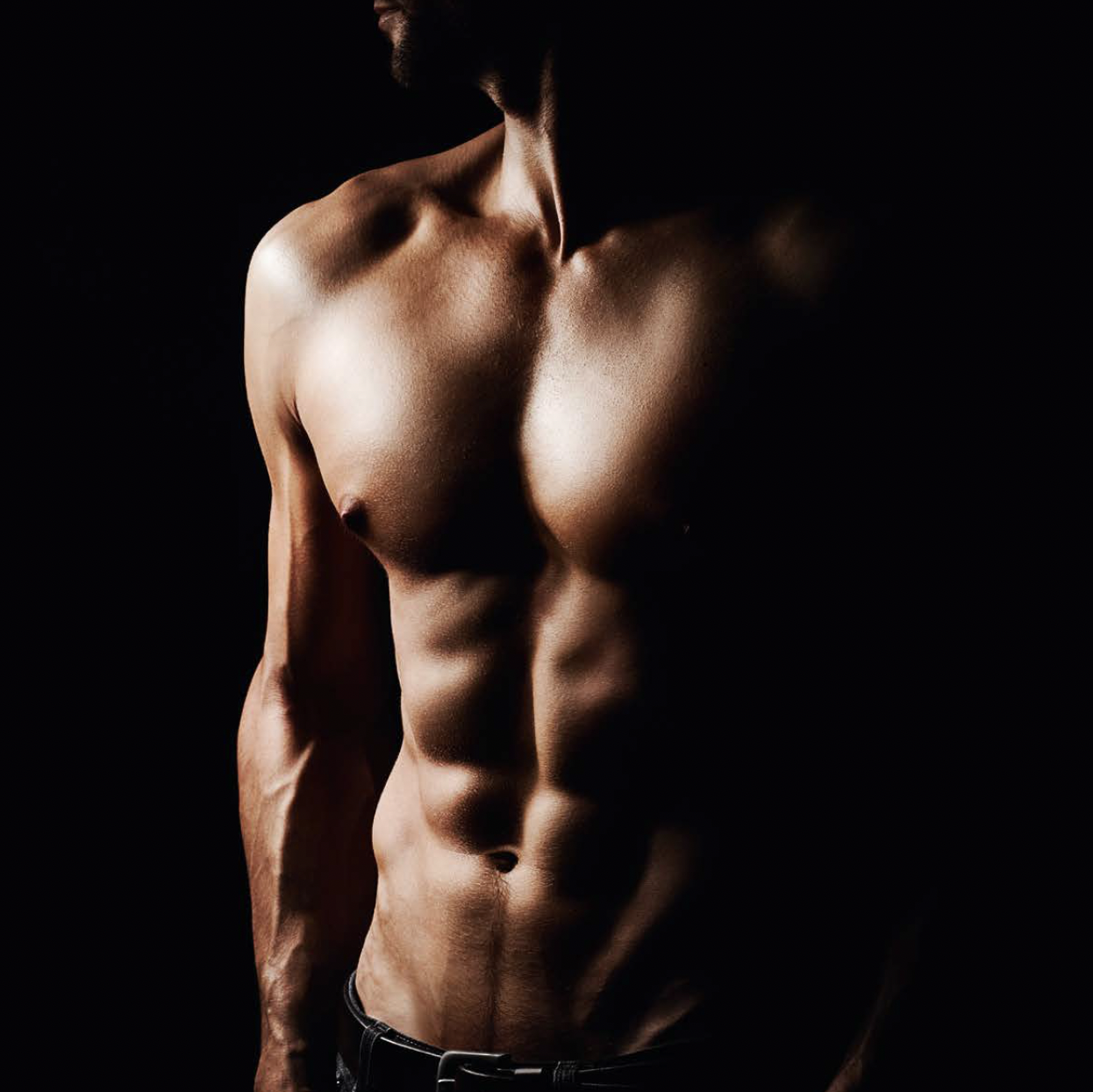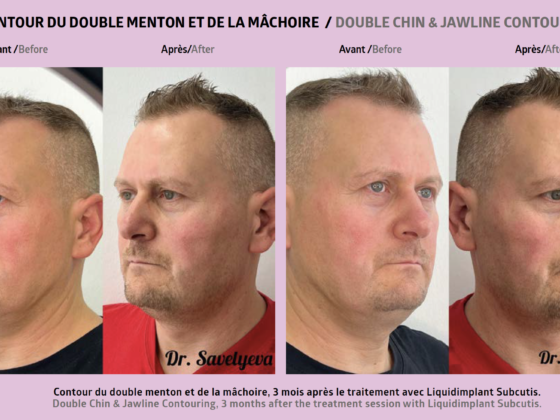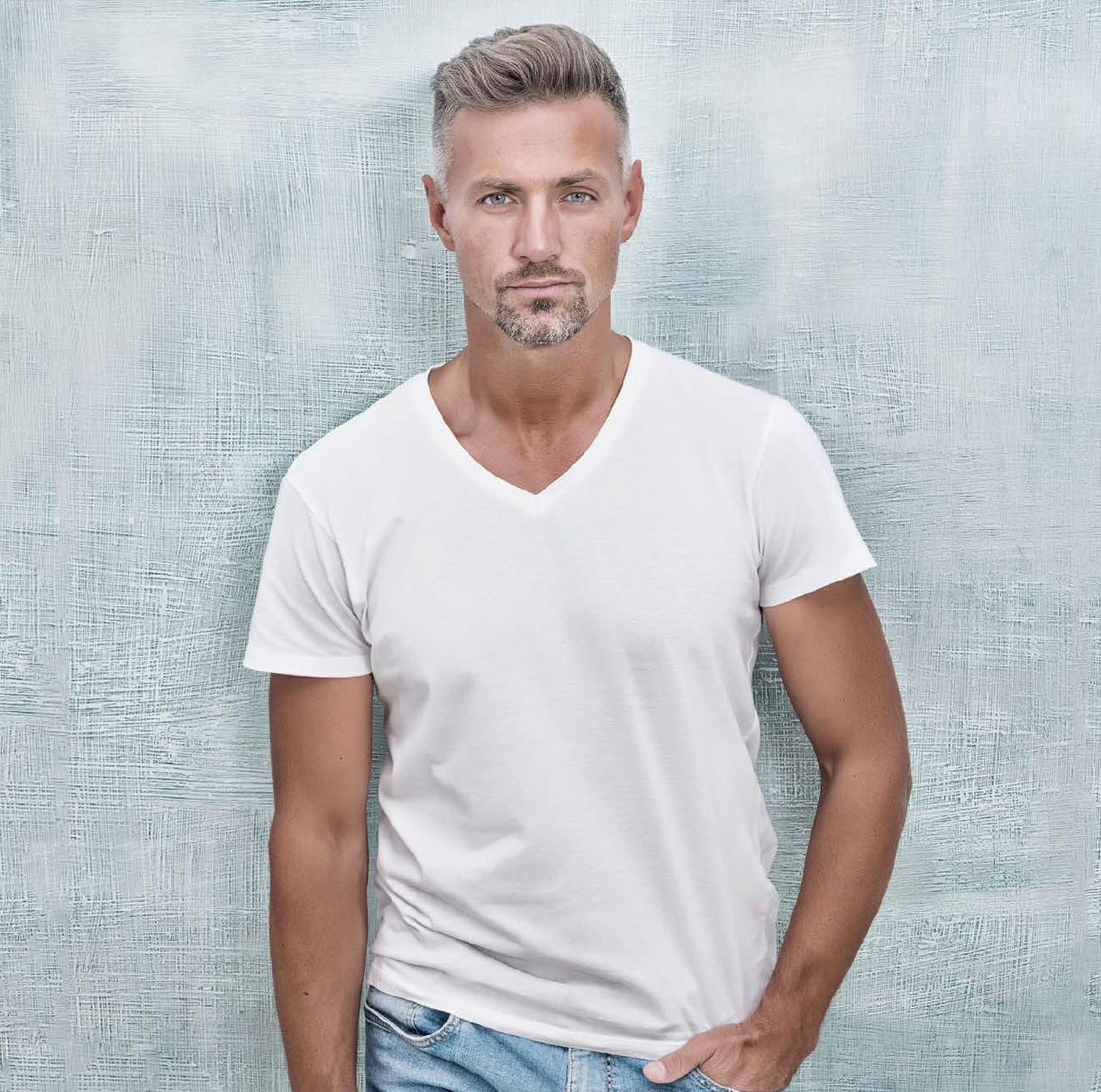How to make men look less tired without altering their expression
By Dr Alexandre Marchac
Eyelid surgery is diff erent when treating a man than when treating a woman, and the recent advances made in surgery have allowed us to achieve reliable, natural-looking results with a quick recovery time. Here is everything you need to know about the new methods of preservative ble-pharoplasty in men.
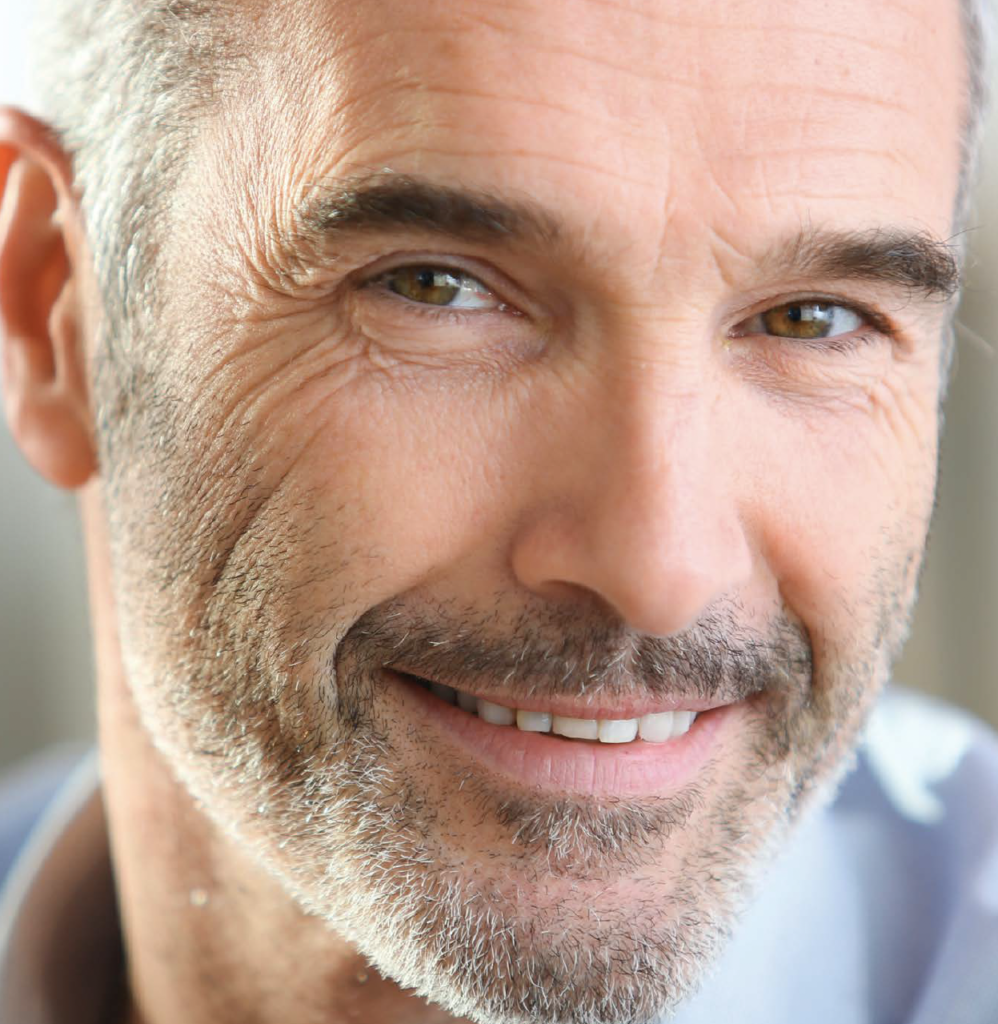 Why do our eyelids change over time and how can they be treated?
Why do our eyelids change over time and how can they be treated?
Over the years, our eyelids change which tends to make us look tired, even if we lead a healthy lifestyle. This is perfectly normal, but it affects people at different times according to three factors: the bony architecture of the face, the skin’s elasticity and our tendency to have puffy eyes. The further the maxillary bone (which is located below the eye) sits behind the eye, the harder it is for the eyelid to hold on to fat.(1) The thinner and less elastic our skin is, the earlier eye bags will appear. Finally, the puffing up and defl ating of the eye area between the morning and evening, repeated over thousands of days, ends up stretching the skin – like a pregnant woman’s belly following several pregnancies – which highlights any eye bags. This means that, if your maxillary bone sits behind the eye, your skin is thin and your eyes are very sensitive, you are likely to have problems around age thirty. However, if you have Slavic cheekbones, thicker skin and your eye area does not look puffy in the mornings, you will probably not have any issues before age 60 (Photos 1A and B).
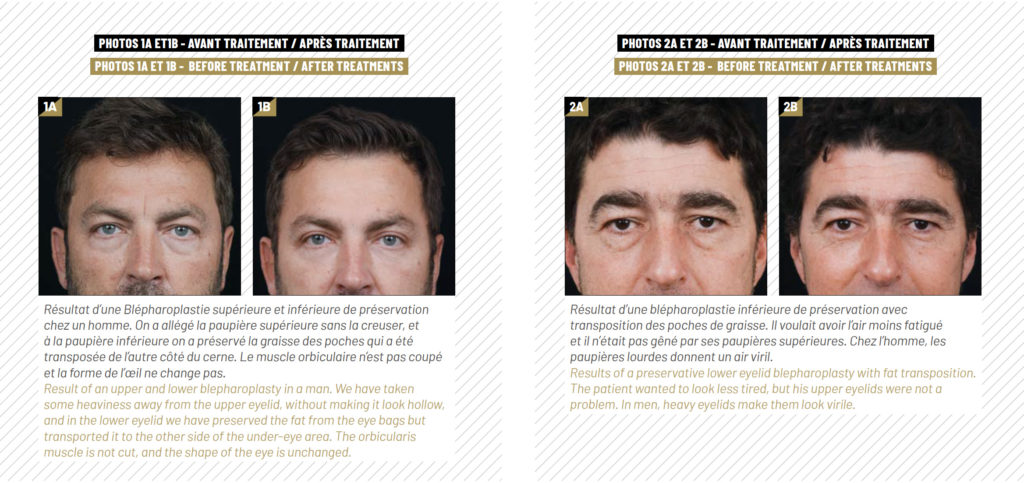
How can a blepharoplasty be performed without changing the shape of the eyelid or feminising the face?
We no longer carry out blepharoplasties in the same way in men as in women and, in my experience, the differences lie not so much in the surgical technique as in the operating strategy. The aim of a blepharoplasty in men is not the same as in women. In women, the expression becomes closed over time, as the eyelids and eyebrows droop. These women have trouble applying make-up and it is therefore the upper eyelid that women want to alter.In men, drooping eyelids and eyebrows is not necessarily a problem, as they are signs of virility. These are only lifted if they hinder the patient’s vision, but we certainly do not move them into the same position as we would a woman’s. (2)However, in men, our priority is their fat bags and under-eye shadows, which make them look tired even when they are fit and healthy. Of course, some women will also have eye bags to treat, and some men will need their upper eyelids modifying, but these very different aims must be fully understood if we are to avoid feminising a masculine expression.To summarise: in men, we want to make the patient look less tired, whereas in women, our main aim is to open up the expression if it has become closed over time. In both cases, we must not alter the shape of the eyes (Photos 2A and B).
What are the most recent advances made in eyelid surgery?
The most significant advances made in terms of eyelid surgery concern the lower eyelids. Old-school blepharoplasty involved cutting the skin and muscle to get rid of the eye bags and excess skin, which often altered the shape of the eyes by making the lower eyelid rounder.(3) We realised that, in order to avoid changing the shape of the eyes, we must not damage the eyelid muscles (orbicularis oculi) and, to treat the under-eye area, must transpose the eye bags instead of removing them. This is a surgical technique called lower eyelid blepharoplasty with transposition, and is slowly becoming more common across France. (4) In my experience, it is more accurate than injecting fat into the under-eye area. We go through the conjunctiva, the red area located inside the eyelid, so there is no visible scarring. The after-effects of the operation are temporary and pain-free, just some swelling for about a week, like conjunctivitis. The patient can go back to work after 5 to 8 days, feels no discomfort after 2 to 3 weeks, and the results are visible after 2 months (Figure 1).
Références
1. Jindal, K; Sarcia, M; Codner, M. Functional Considerations in Aesthetic Eyelid Surgery, Plastic and Reconstructive Surgery: Dec 2014
2. Alghoul, MS et al. Rethinking Upper Blepharoplasty: The Impact of Pretarsal Show, Plastic and Reconstructive Surgery: Dec 2020
3. Alghoul, MS et al. Getting Good Results in Cosmetic Blepharoplasty, Plastic and Reconstructive Surgery: July 2020
4. Wong, C; Mendelson, B. Extended Transconjunctival Lower Eyelid Blepharoplasty with Release of the Tear Trough Ligament and Fat Redistribution, Plastic and Reconstructive Surgery: August 2017
 Dr. Alexandre Marchac:
Dr. Alexandre Marchac:
Dr Alexandre Marchac has been a plastic surgeon for 10 years and specialises in preventing aging in the face. Hailing from a family of famous plastic surgeons, he is constantly modernising their expertise by adopting the safest and most effective techniques and adapting them to the very French desire for a natural look.
more: drmarchac.com




